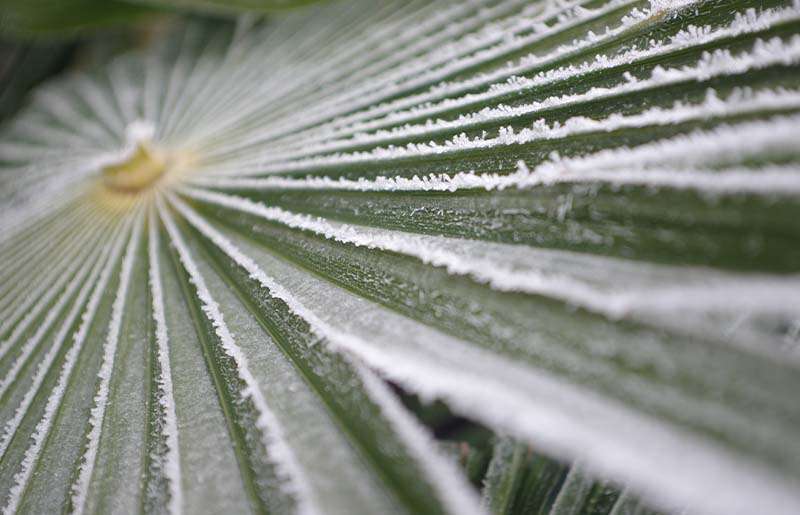
Tips to Protect Your Plants During Freeze by Texas AgriLife Extension
By Brandi Keller, Harris County Extension Agent, Horticulture
Here are some tips/resources to protect your plants as best as you can. Remember, it's all on a case-by-case basis and there are no guarantees, except bringing potted plants into a protected garage or the house.
Frost Protection Options
- Water if soil is dry.
- Cover tops and sides of plants.
- Move under cover (eaves, trees, patio).
- Move near buildings with heat.
- Place bucket of water near plants.
Freeze Protection Options
- Cover plant and secure to the ground.
- Add source of (safe) heat under cover.
- Provide a windbreak.
- Bank citrus and other plants with soil.
- Mulch annual, perennial, and tender plants.
Cover Partially
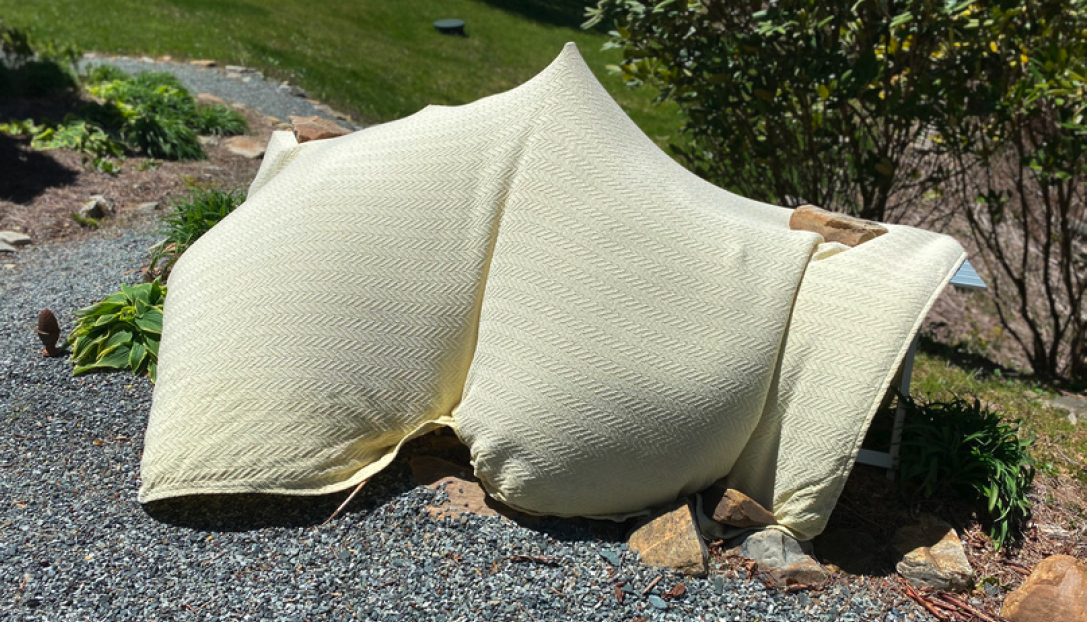
Cover Fully and Heat
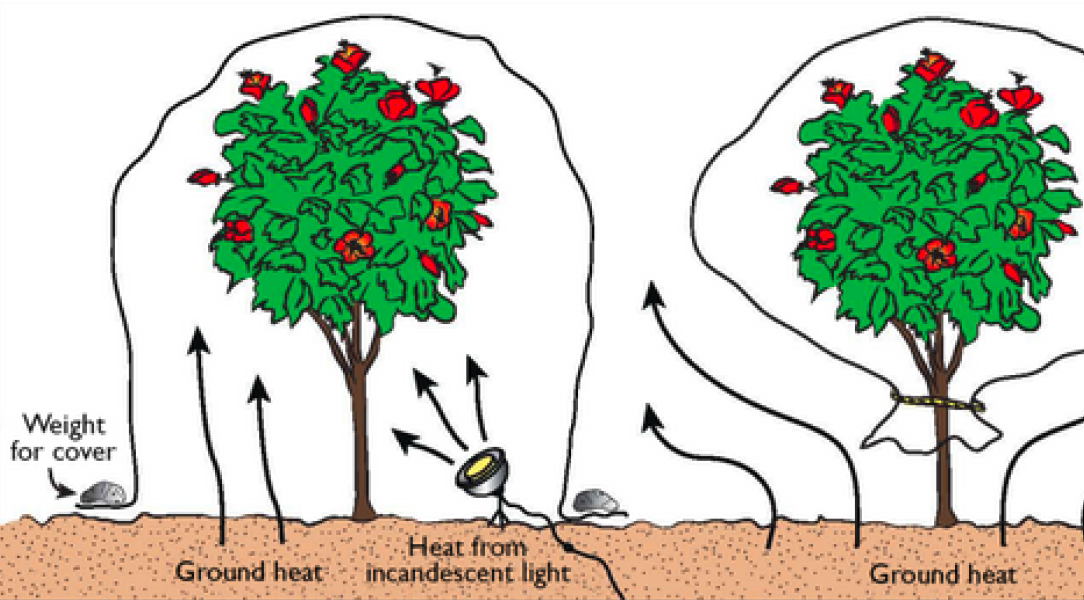
|
Q&A Why water plants before a frost? Dry soil stresses a plant, causing more damage during a freeze. Water also releases heat during cold periods or overnight. Can I use plastic to cover plants? Plastic should not be used alone as it can burn the parts of the plants in which it is touching. However, plastic can be used if then covered with a blanket, as the blanket helps slow radiant cooling. Remove during the day to avoid overheating. What type of lights can be used safely under coverings? You don't need to produce a lot of heat, just enough to raise it a couple degrees, depending on the temperature. Holiday string lights accomplish this well, primarily the larger bulbs. A clamp-on floodlight with a heat lamp bulb can also be used. |
|
Citrus Trees Sweet oranges tend to be more cold-hardy. Cover and add heat to small trees. |
Hardy Perennials Proper mulch will insulate the roots, but decide on what is worth the effort if covering. |
Winter Annuals Cover with frost cloth for both events and survival will increase. |
||
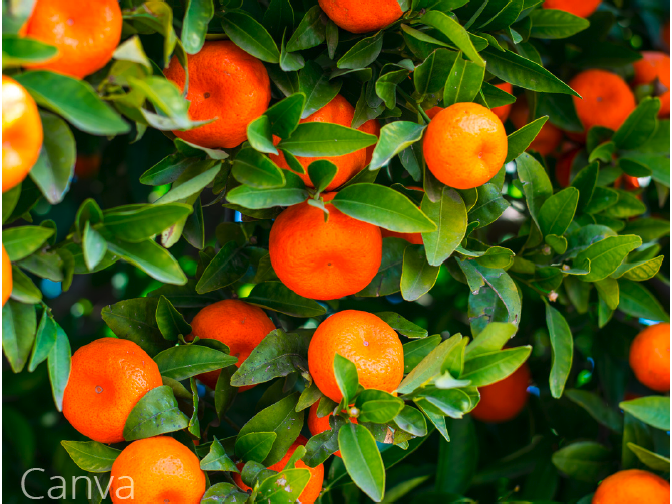 |
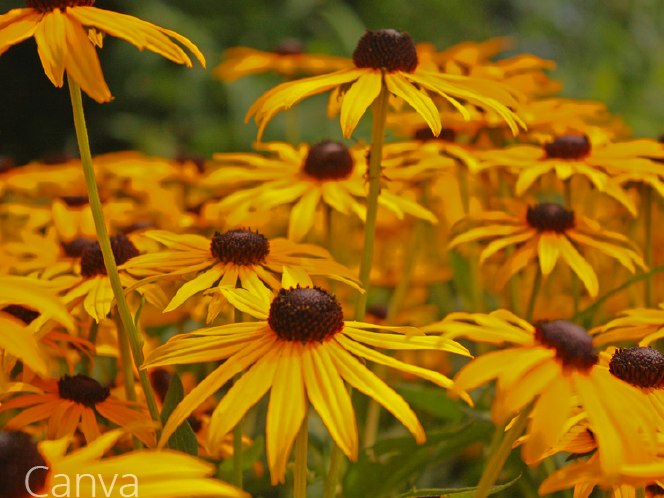 |
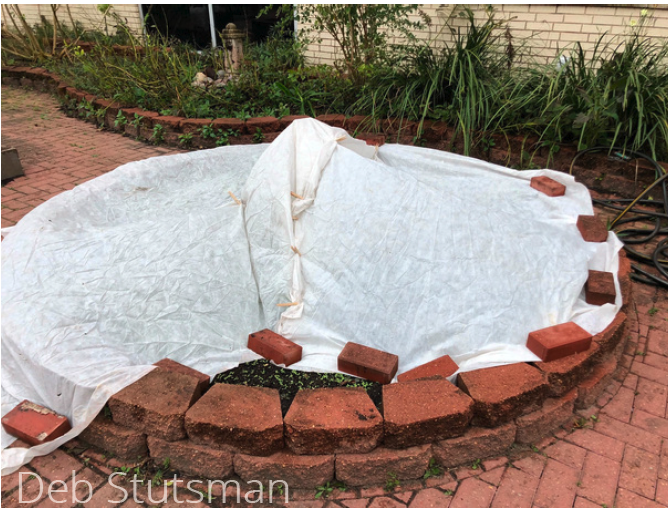 |
||
|
|
|
|
||
|
Tender Tropicals Covering during prolonged freezes will not protect. Extra mulch insulates roots from cold weather. |
Native Plants Native plants have evolved with our region. They are more likely to survive from freeze and frosts. |
Vegetables & Herbs Cool season veggies vary with hardiness, but root crops will have the extra protection of soil, if it doesn't freeze. |
||
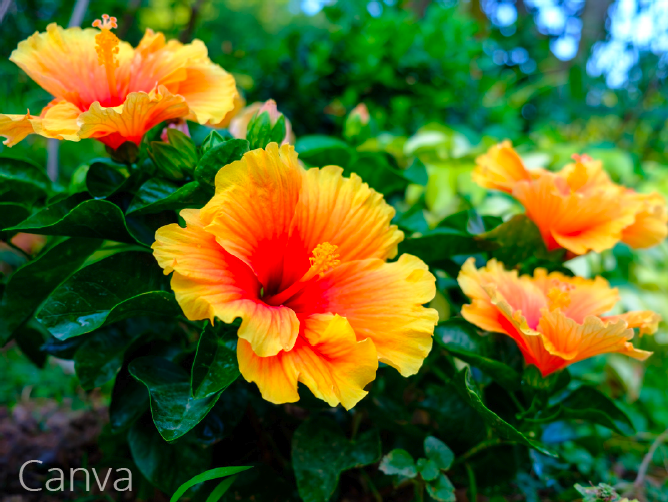 |
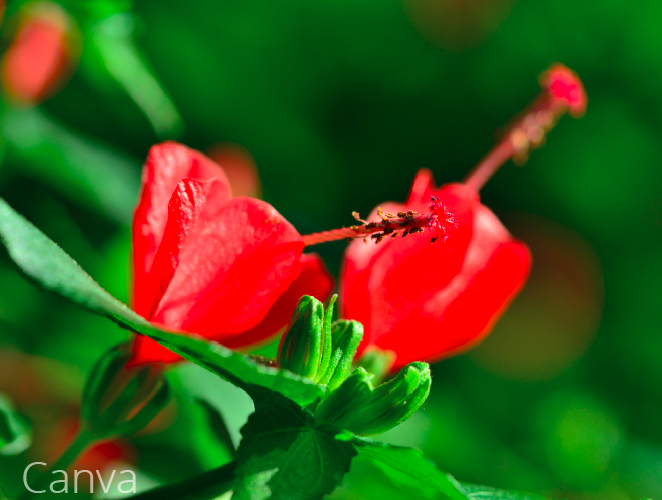 |
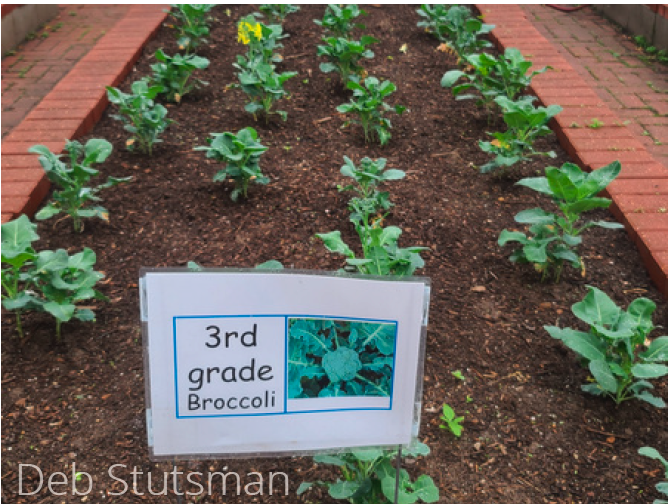 |
Resources
Watch "How To Make Holiday Plants Last" below.








